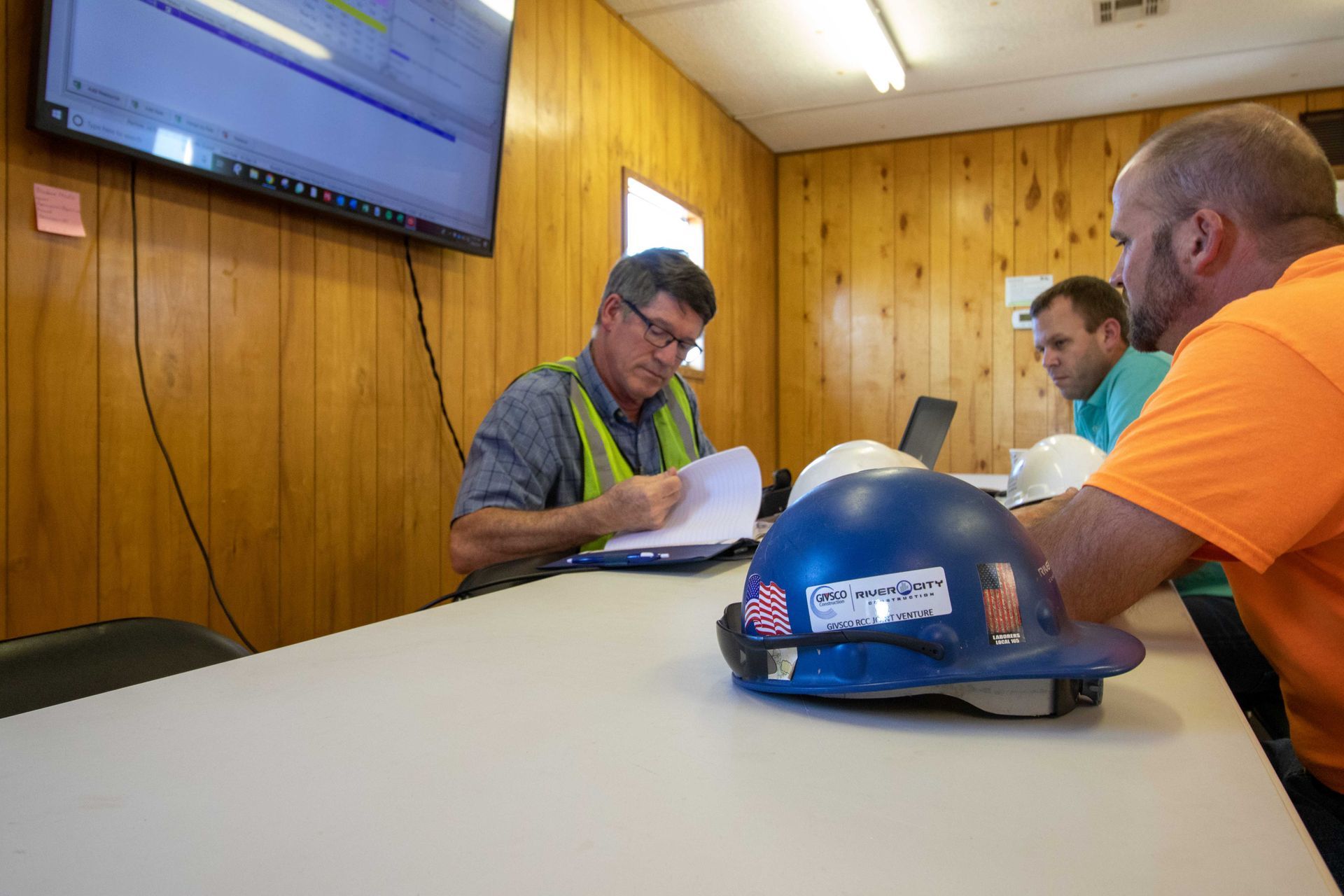Construction Project Scheduling Best Practices
Construction Project Scheduling
Construction Project Scheduling. Regardless of the type, size or scope of your construction project, keeping everything on schedule is crucial for staying on time and budget. While each project is different and may need a customized approach, there is a handful of universal scheduling best practices. Not only will you ensure that the project is a success, but proper construction scheduling also helps to avoid litigation caused by contract non-compliance.
Keep the Strategy in Mind During Scheduling
Before even thinking about timing, make sure you lay out a clear strategy for everyone on the team to follow. This strategy should help lay out the timing of each phase of the construction project and clearly define the path of progress through completion. This will help contractors, subcontractors, and vendors allocate time and resources.
Include Entire Scope and Set Reasonable Timelines
Every step of the construction project should be included in the scope of work to meet contract requirements. This will also account for a margin of “wiggle room” in case there are any unexpected challenges along the way. Also, create duration expectations to measure progress and account for labor and equipment resources.
Link All Activities and Tasks
Construction projects are almost like a relay — one task has to be completed before handing off the baton and starting another phase. Don’t cut corners by scheduling tasks at the same time or shortening timelines to help meet deadlines sooner. This can create an unreliable schedule that can lead to delays and miscommunications.

Apply Critical Path Methodology
The Critical Path Method is often used in construction scheduling to help with timing. It’s a type of algorithm that determines the earliest and latest potential finish date for a project. Although CPM schedules may change as the construction project moves forward, it’s also much easier to measure and mitigate any changes in timing.
Don’t Forget About Float
“Float” is an industry term for the amount of time that goes by before a project end date is delayed. As you continue with the project, look for high float times as an indicator that something needs to be adjusted along the way. Avoiding too many date constraints can also help keep float calculations more accurate. While it’s okay to be optimistic when setting deadlines, it’s more important to be realistic.
Assign Resources to All Activities
Except for milestones, your construction project activities should all account for resources needed to keep things running smoothly. If activities in your schedule don’t require resources, don’t include them. By maintaining a big-picture look at what you need, you can properly schedule rentals and labor and mitigate any problems that may arise.
Verify the Plan & Analyze Risk
Once the schedule is planned out, meet with the entire plan to verify that you have the resources needed and that no conflicts exist that stand in the way of completion. After you’re confident with the plan run a statistical risk analysis to identify areas that could turn into serious issues that lead to construction project delay.
Track the Progress
Once you’ve initiated a schedule for your construction project, regularly monitor and record progress. Have a checklist for each stage of work for a replicable process that will identify any areas that need a little extra attention or adjustment. Communicate any important findings in real-time, to all of the team members.

Use Tech Tools
All construction scheduling needs to be documented, and using software like Primavera streamlines the process even further. Visual representations of tasks, flexibility in timeline planning, and customization and adaptation to the industry are just a few features that make Primavera one of the top tools for construction project scheduling.
Consider a Crash
If your team finds that work needs to be accelerated, you may have to crash your construction project. There are two main ways to do this: Allocate more resources on a task or reduce the scope. Both of these approaches can theoretically shorten the time it takes to complete the task. Other ways to accelerate work include adding a shift or allocating budget for overtime labor.
Work With Experts
Construction project scheduling is critical in achieving overall success. A realistic, logical calculation of the best-case scenarios, likely scenarios, and worst-case scenarios give the project team an accurate schedule while delays are mitigated or avoided by accurate planning and management. With an expert on the ground, your project moves as seamlessly as possible through all stages of development.
Our approach to developing a well-defined project schedule leaves nothing to chance.
When starting a project with TD Wilson, you have the benefit of not only our decades of experience but also our expertise with today’s top CPM software products.







